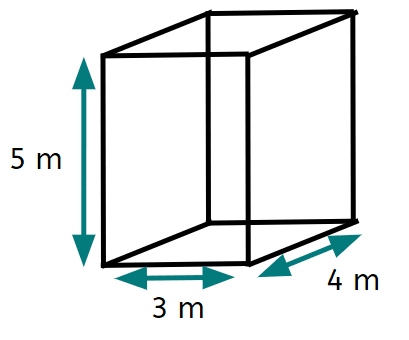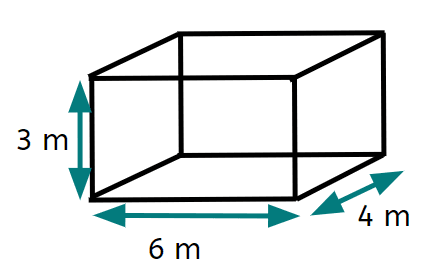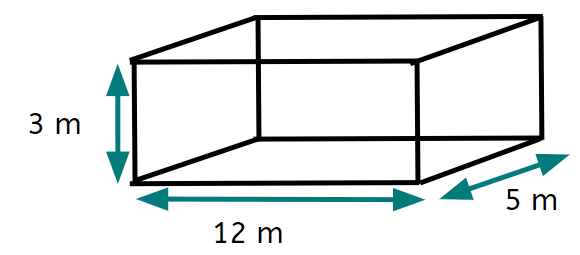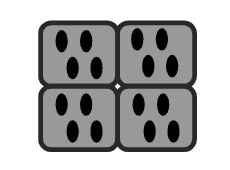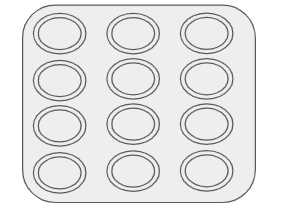Myths about teaching can hold you back
Learn why
New
New
Lesson 5 of 5
- Year 5
Apply the commutative and associative laws to simplify problems in a range of contexts
I can apply the commutative and associative laws to simplify problems in a range of contexts.
Lesson 5 of 5
New
New
- Year 5
Apply the commutative and associative laws to simplify problems in a range of contexts
I can apply the commutative and associative laws to simplify problems in a range of contexts.
These resources were made for remote use during the pandemic, not classroom teaching.
Switch to our new teaching resources now - designed by teachers and leading subject experts, and tested in classrooms.
Lesson details
Assessment exit quiz
Download quiz pdf




